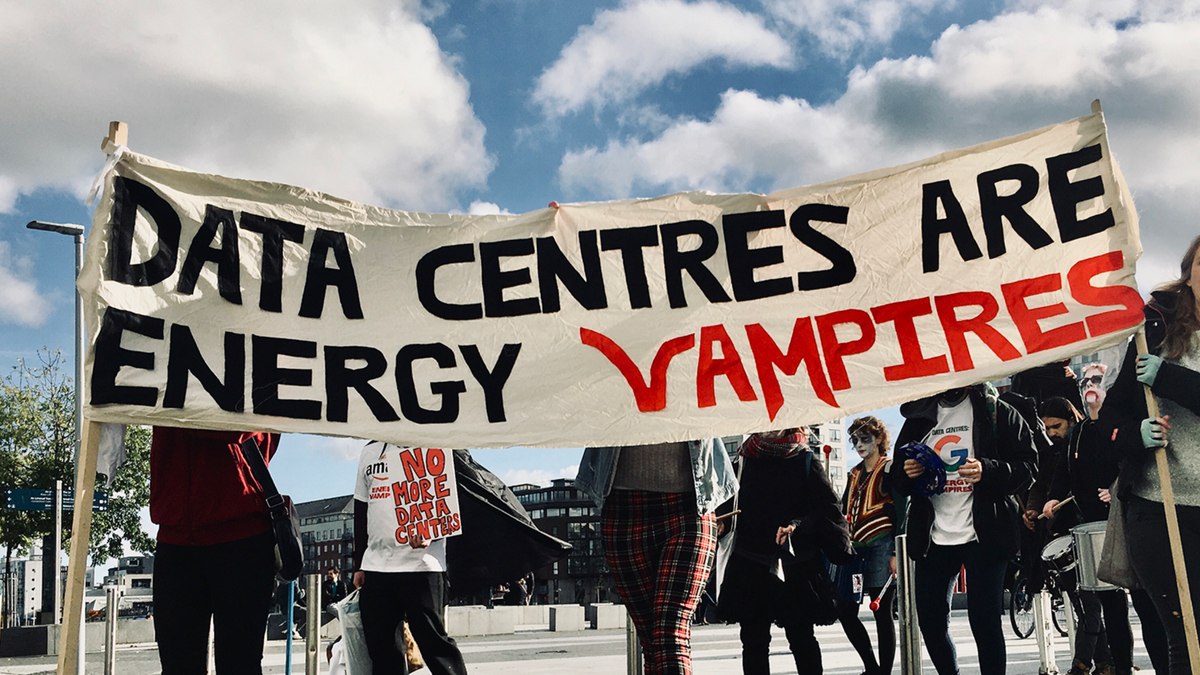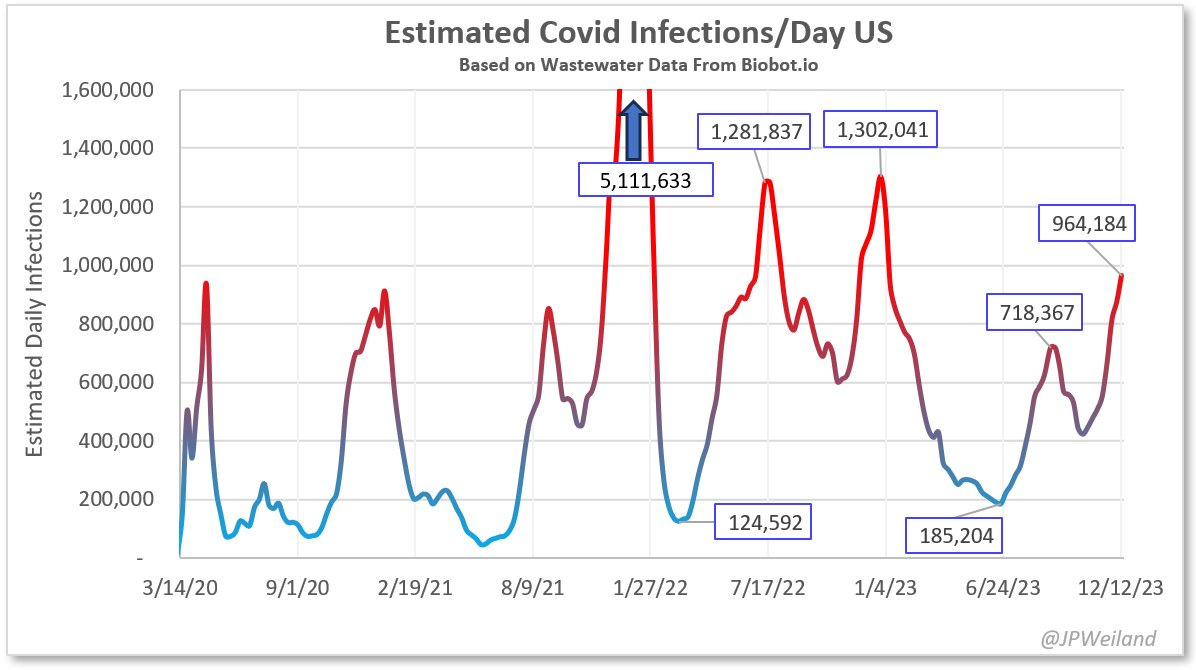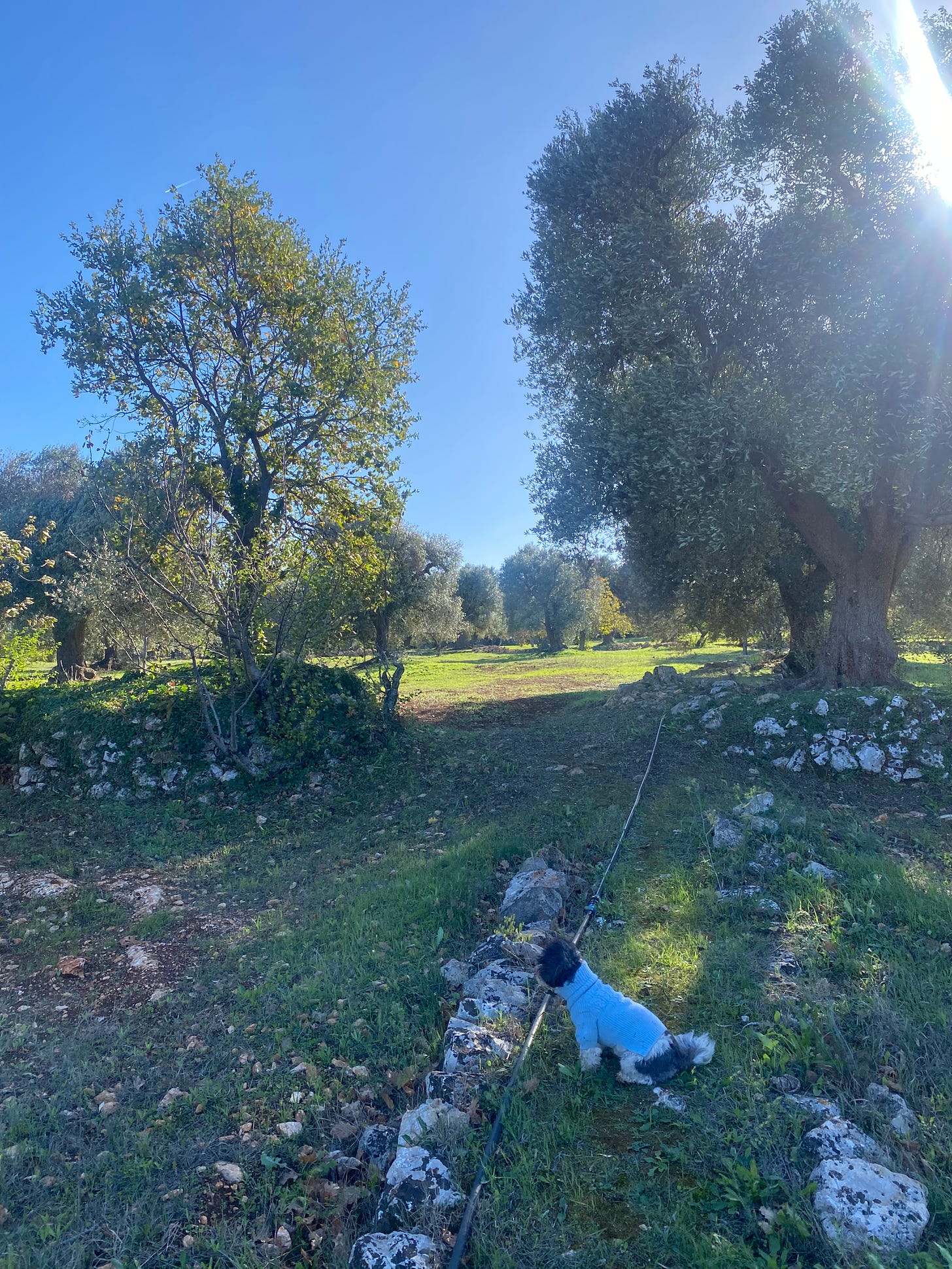
The internet emerged from the defense research establishment, but as it was breaking out of those constraints in the 1990s to be unleashed onto the wider world, it had to be given a new story — and libertarian capitalists wrote it. Picking up on the melding of libertarianism, technological optimism, and neoliberal economics over the previous couple decades, they deployed a narrative that changed the way we thought about the emerging network and laid the groundwork for the commercial opportunity that followed its privatization in 1995.
The following year, Electronic Frontier Foundation cofounder John Perry Barlow released a manifesto from the World Economic Forum in Davos — a fact that should’ve immediately set off alarm bells — that became a defining narrative for the era. Cyberspace was to be a virgin frontier, divorced from the realities of the material world it depended on, where people would interact with each other as equals, free from the burdens of race, sex, or wealth, and it was those users who would construct it free from the dictates of the big, bad government. The new virtual world was to be “an act of nature and it grows itself through our collective actions,” he wrote.
Those utopian libertarian visions may have been relatively easy to believe in the web’s more anarchic years, where even though companies were having cash shoveled at them as investors and founders sought to cash in on that new frontier, it was still easy for people to spin up their own websites and stake a claim, so to speak, beyond the growing digital towns of the nascent tech capitalists. But as the boom went bust with the turn of the new millennium and the companies that remained sought to solidify their positions, the enclosure of the digital commons became a far greater priority.
While Barlow had plenty of scorn to heap on governments, he didn’t have the same disdain for corporations that saw the cyberspace he proclaimed as a libertarian paradise to be a great means to make a lot of money — something that should’ve been clear from the site where he made his so-called declaration of independence. As the investment flooded in, lawmakers prioritized the economic value (and geopolitical power) that could be wrung from the internet, while new media like Wired Magazine sprang up to advocate for the new industry. The public was kept at the center of the narrative, but in reality the wider benefits became a lesser concern as long as the money kept flowing.
Early benefits of the internet age
While greater commercialization brought more drawbacks to virtual life, there can be no denying that there were clear benefits to be had from the global connection the internet enabled. Suddenly the information of the world was at users’ fingertips, and communities on virtually any subject could easily be sought out as the network of websites, chat rooms, and forums kept expanding. While there was some technical skill needed for certain forms of engagement, it wasn’t so hard to customize your own web page to represent your identity to fellow netizens and participate alongside everyone else.
Even as the enclosure into platforms sped up in the 2000s (and certainly annoyed the more tech-savvy early adopters), it wasn’t entirely bad: the simplicity that came with platformization made it much easier for billions more people to get online and start finding reasons to keep coming back, especially since the commercialization was still at an early stage and had done little to compromise the user experience.
For a time, everything seemed to be heading in the right direction: internet access expanded and speeds increased, our access to it moved from the desk into our pockets, whatever information we sought would be served up in milliseconds, high-quality entertainment was easily accessible without advertising at an affordable price — if it cost anything at all — and you never had to lose touch with anyone. When things seemed to be going well, it was easier to overlook the occasional stories that should’ve been a warning for what was to come.
The erosion of the web’s promise
We now look back on those times as the good old days, before the ambitions of tech companies vastly expanded and the pressure for profit accelerated the degradation of what they’d built. Our relationship with the tech industry has changed and the broad consensus on its impact on the world has been souring for years as the benefits of the digital revolution slowed while the drawbacks began to escalate through the 2010s as greed became too strong a force to contain.
These days the finger is often pointed to Facebook as the standard bearer of the turn against tech, but Google seems far more illustrative. It began as a university research project where creators Sergey Brin and Larry Page openly acknowledged how advertising would compromise the search engine’s quality. But once they spun it out as a private company and later listed on public markets, Google began its slow slide toward what it is today: embracing advertising paired with a “Don’t Be Evil” slogan that would eventually be abandoned as the pressure to keep growing the ad profits increased. Now when you turn to it for the information it claims to deliver, you’re more likely to get a bunch of listicles optimized for its search algorithms that are stuffed with affiliate links and terrible ads, if not just a bunch of AI-generated trash.
And Google’s not the only one. Facebook has never been a darling, but any commitment to promoting positive engagement among users went out the window ages ago with the need to juice ad profits, even if that meant spreading right-wing extremism and false information, abetting genocide, and even blocking the spread of real news if it meant having to share a pittance of its massive profits with struggling publishers. The greed of those two companies has sent news media spiraling, with lower ad revenue leading to successive layoffs that reduce the quality of the journalism they publish while their websites are stuffed with poor quality ads if not locked behind a paywall altogether.
Meanwhile, the promise of streaming entertainment has turned into a nightmare after corporate consolidation and the sidelining of competition. Subscription prices keep going higher, ads are increasingly part of the deal, and the old promise of unlimited access is gone as they keep yanking down programming for tax breaks and cost savings. Ecommerce hasn’t been spared either. Amazon feels like it’s taken over, but in the meantime it pulled back from being the main seller to turn itself into a poorly governed marketplace where deceptively presented low-quality goods proliferate and everyone has to pay more to pad the company’s bottom line. Don’t even get me started on the trends Shein and Temu are pioneering.

But it doesn’t end there. As tech companies sought to escape the confines of the web and move into the wider world, they’ve left a trail of disaster in their wake. The gig economy pretended app-based mediation was worthy of tearing hard-won workers’ rights to shreds, while data-hungry companies stuck surveillance devices anywhere they could get away with. The promise of algorithmic efficiency caused discriminatory systems to proliferate through society with little consideration for the wider repercussions. The effort to route as many interactions as possible through apps and make our smartphones as addictive as possible has spawned an epidemic of loneliness and even social disconnection.
Add to all that how the effort to stick screens, connectivity, and voice commands in as many places as possible has not only created a steady wave of devices that quickly become e-waste, but a wider problem where our appliances don’t last nearly as long in part because that tech fails so easily and our cars are less safe because key functions were shifted onto large touchscreens in anticipation of a driverless revolution that never arrived. And just as those issues were piling up, generative AI arrived on scene to make it even worse.
Enter the AI-generated swamp
The models behind the chatbots and visual generators that have taken the tech industry by storm over the past year were made by ingesting as much data as these companies could capture online as possible. That included whatever images and text they could find, including copyrighted books, works of art, news articles, and even the user-generated content and data billions of people have been spreading across the web for the past three decades. They took that collectively produced trove of information and communication as the foundation of their own businesses.
The tools they unleashed onto the world have only accelerated the trajectory of the web, filling social media feeds with AI-generated videos and text (some of it even produced by artificial users), tempting declining news media to try to pass AI-generated stories off as real, and worsening the quality of Google search results with the new wave of AI-generated garbage taking the web by storm. There’s a conspiracy theory that the web is effectively dead, and made up primarily of bots and generated content. While that may not already be true, the AI companies seem determined to make it a reality.
If you listen to CEOs like Sam Altman or venture capitalists like Marc Andreessen, they want us to believe that these tools are the beginning of a vast expansion in human potential, but that’s incredibly hard to believe for anyone who knows the history of Silicon Valley’s deception and can see through the hype to understand how these tools actually work. They’re not intelligent or prescient; they’re just churning out synthetic material that aligns with all the connections they’ve made between the training data they pulled from the open web.
Once again, the push to adopt these AI technologies isn’t about making our lives better, it’s about reducing the cost of producing ever more content to keep people engaged, to serve ads against, and keep people subscribed to struggling streaming services. The public doesn’t want the quality of news, entertainment, and human interactions to further decline because of the demands of investors for even greater profits, but that doesn’t matter. Everything must be sacrificed on the altar of tech capitalism.

Probably the most perverse aspect of it all is that making all of that (often quite poor quality) synthetic media has such an enormous cost. On the one hand you have the labor impact, where the people doing some of the jobs we’d most want done by fellow humans and maybe even to have more people engaging in — the creative work of writing and art that enriches human society — are the first to be targeted by people who seem most divorced from the human condition. But then layer on top of that the energy, water, and mineral cost of running all the data centers behind those tools, along with Altman’s comments about the potential need for geoengineering to make his dystopian future a reality, and it shows how little the proliferation of AI tools has to offer us.
Another internet is possible
There can only be one conclusion from all of this: the digital revolution has failed. The initial promise was a deception to lay the foundation for another corporate value-creation scheme, but the benefits that emerged from it have been so deeply eroded by commercial imperatives that the drawbacks far outweigh the remaining redeeming qualities — and that only gets worse with every day generative AI tools are allowed to keep flooding the web with synthetic material.
The time for tinkering around the edges has passed, and like a phoenix rising from the ashes, the only hope to be found today is in seeking to tear down the edifice the tech industry has erected and to build new foundations for a different kind of internet that isn’t poisoned by the requirement to produce obscene and ever-increasing profits to fill the overflowing coffers of a narrow segment of the population.
There were many networks before the internet, and there can be new networks that follow it. We don’t have to be locked into the digital dystopia Silicon Valley has created in a network where there was once so much hope for something else entirely. The ongoing erosion already seems to be sending people fleeing by ditching smartphones (or at least trying to reduce how much they use them), pulling back from the mess that social media has become, and ditching the algorithmic soup of streaming services.
Personal rejection is a welcome development, but as the web declines, we need to consider what a better alternative could look like and the political project it would fit within. We also can’t fall for any attempt to cast a libertarian “declaration of independence” as a truly liberatory future for everyone.








